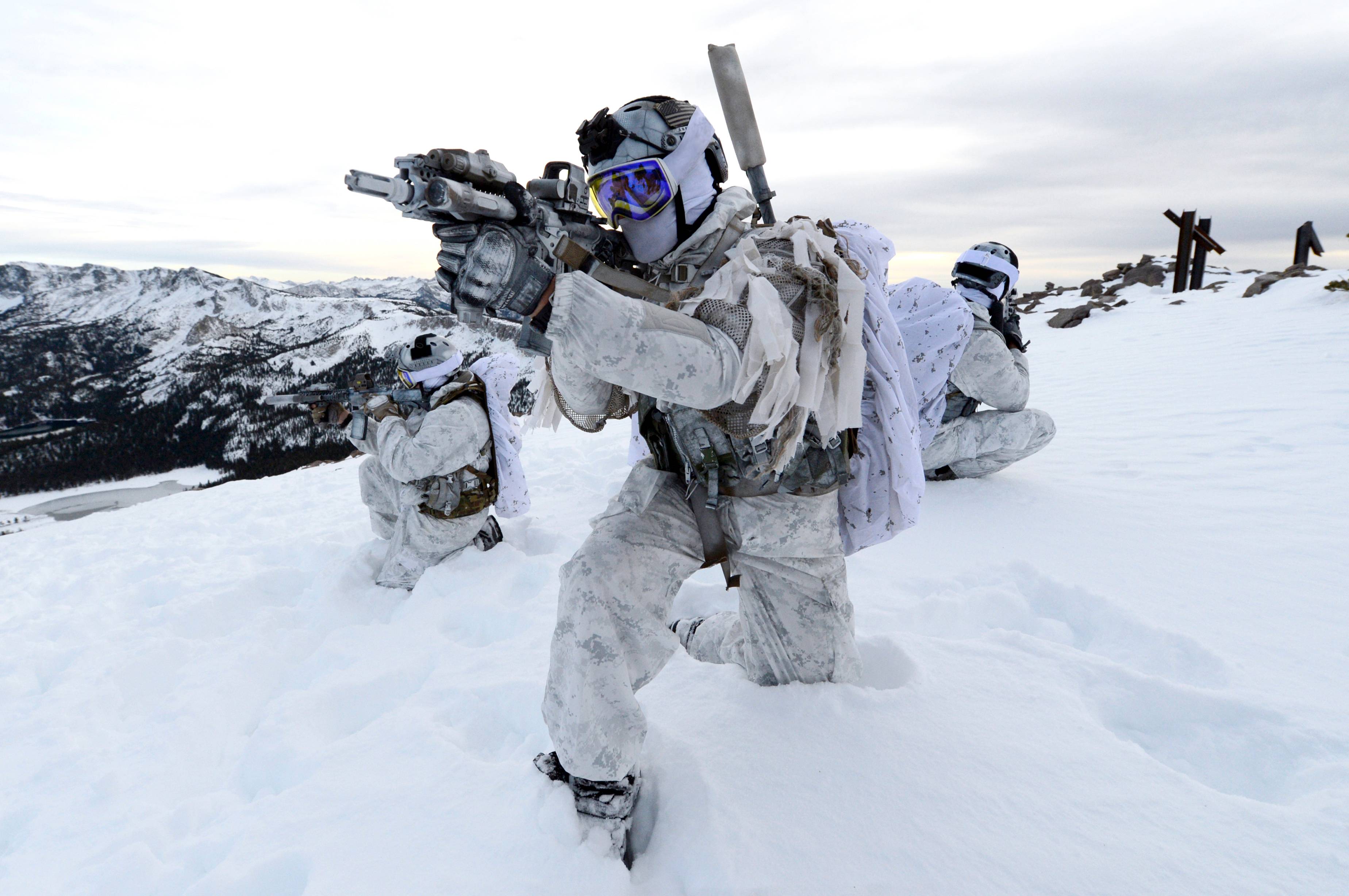Coming from New Orleans, home of amazing food, unique drinks, and extraordinarily little in the way of bar fights among locals, this struck me as unusual the first time I went drinking out of state. Embarking on a night out with friends can be an exhilarating experience, filled with laughter, good company, and lots of liquid courage. However, as the night progresses, the jovial atmosphere may take an unexpected turn, a chaotic situation requiring different skills than you were just using on that girl you had no shot with. While violence is not always the answer, it is always an answer. As my leadership always said, do what you feel your rank can afford. With that in mind, we asked a few bare-knuckle boxers what they thought were the best three techniques to win quickly, if you can’t tactically retreat or land that Vicious Mockery.
Defensive Parrying and Slipping
Without the protection of gloves, bare-knuckle boxers often rely heavily on defensive maneuvers to avoid direct impact. Defensive parrying involves redirecting an opponent's punches away from their intended target. Fighters use their hands to deflect or control incoming strikes, reducing the impact on their face or body. Think of it like the Waffle House cook that redirected that chair thrown at her; the parry maneuver took the force out of the attack.
Swift hand movements, often in a circular or diagonal motion, are used to redirect punches. Wax on, wax off wasn’t missing the mark. The goal is to guide the opponent's strikes off course, creating openings for counterattacks. Hopefully, your opponent is more inebriated than you are, and their aim or technique isn’t incredibly accurate. Additionally, slipping includes subtle head movement to evade punches, as you may already be drunk as well or at the very least wish to avoid concussions.
Body Punching and Infighting
With the absence of padded gloves, targeting the opponent's body becomes a more effective strategy in bare-knuckle fights. Infighting, or close-quarters combat, allows fighters to utilize short, powerful punches to the body to wear down their opponent. Body blows can be especially effective due to the increased vulnerability of the torso, especially with a drunken opponent’s faculty impaired.
Close-range punches, such as hooks and uppercuts, are key components of infighting. Bare-knuckle boxers often work on developing powerful hooks to the liver or ribs, aiming to compromise the opponent's endurance and defensive capabilities. Effective infighting requires a combination of agility, timing, and the ability to slip and counter within close proximity. A lot of people, especially taller or wider ones, tend to rely on their reach to keep their advantage, but speaking as a tall person with reach, that’s a fools’ road. Keeping tight and close keeps your opponent from using their reach, and each good torso hit takes the wind, therefore the fight, out of even alert drunks.
Clinching and “Dirty” Boxing
Clinching involves grabbing and controlling an opponent's upper body, limiting their ability to strike effectively. This can be used strategically to neutralize an opponent's offense and create opportunities for counterattacks. Dirty boxing refers to the use of unconventional or less orthodox techniques within the clinch, exploiting gripping and striking. Do you know that technique your partner uses where they slide their hand across the back of your neck at look longingly into your eyes, usually because they want something? That, but less longing and more fists and knees.
Clinching is not only about grabbing and holding but also about positioning. Fighters use underhooks, over hooks, and head control to off-balance opponents and limit their options. The first technique of Marine Corps Martial Arts I learned was clinch and drive, specifically drive my knee into the back of their head… By going through the front of it. In so-called dirty boxing, tactics such as short punches, uppercuts, and forearm strikes are employed to exploit vulnerabilities in the clinch. Clinching and dirty boxing demand a high level of strength, balance, and grappling proficiency. The grip on your opponent is the first tool, the follow on strikes the second, but each demands attention.
Having said this, the best technique when provided an opportunity for a bar room brawl is to use your brain and avoid the fight. Your stripes are worth far more than giving some inbred moron a kicking he will not remember much beyond the next morning, and you only get so many adult teeth. Given no choice, defend yourself as you can, but given a choice, confuse your opponents with words they do not understand until the bouncer can handle it, and save your skills for the ring, or for the true enemy. For more bare knuckle boxing excitement, make sure to subscribe to American Grit, as there’s far more action to come.



%201.svg)






.png)




